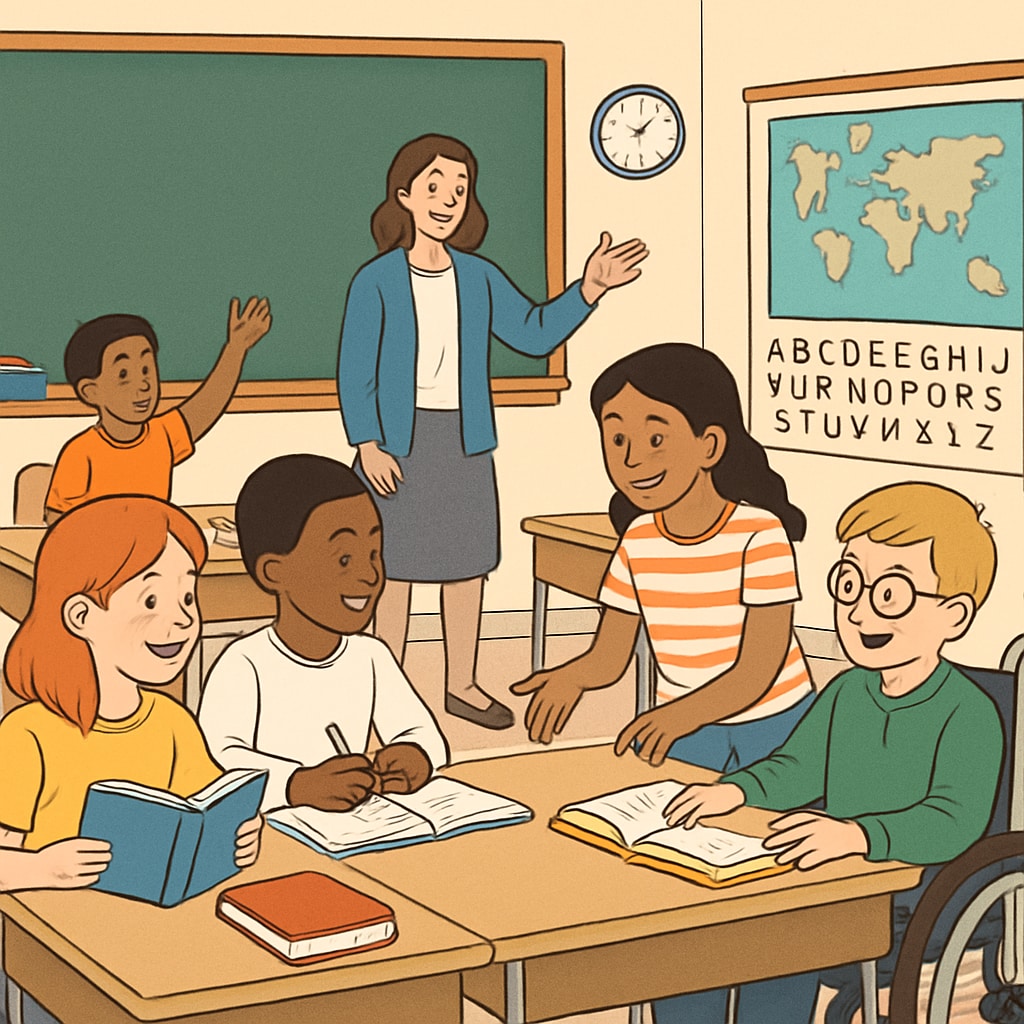Gifted education screening systems are designed to identify students with exceptional academic abilities and intellectual potential. However, many of these systems fail to account for individuals with learning challenges such as ADHD (Attention-Deficit/Hyperactivity Disorder). This structural oversight can exclude capable students from accessing the resources and opportunities they need to thrive. The intersection of “gifted education screening,” ADHD, and academic performance deserves deeper scrutiny to ensure a fair and inclusive approach to student development.

Why ADHD Students Are Often Overlooked in Gifted Education
ADHD is characterized by symptoms such as inattentiveness, impulsivity, and hyperactivity, which can mask the intellectual strengths of affected students. Traditional gifted education screening methods often rely heavily on standardized tests and teacher referrals, which may focus on behaviors associated with academic compliance rather than raw potential. As a result, students with ADHD who exhibit unconventional thinking, creativity, or high intelligence might be misjudged as “troublesome” or “underperforming.”
Moreover, the challenges ADHD students face in adhering to rigid classroom structures can impact their grades and overall academic performance. These factors contribute to a systemic bias that excludes them from gifted programs, perpetuating the myth that ADHD and giftedness are mutually exclusive. Research from institutions like Wikipedia on ADHD reveals that many individuals with ADHD possess unique talents and cognitive abilities often overlooked by conventional assessment methods.
The Consequences of Ignoring ADHD Students
When ADHD students are excluded from gifted programs, they miss out on tailored educational opportunities that could nurture their talents. This exclusion can lead to lower self-esteem, disengagement from learning, and even behavioral issues, exacerbating the challenges they already face. For example, a student with ADHD who excels in creative problem-solving may struggle to find an outlet for their skills if they are not identified as gifted.
Inclusive gifted education is not just a matter of fairness; it’s crucial for maximizing the potential of diverse learners. Studies published on platforms like Britannica on ADHD emphasize the importance of recognizing the intersection between learning challenges and exceptional abilities.

How Can Gifted Education Be More Inclusive?
To address this issue, educational institutions need to adopt more comprehensive screening methods that account for the diverse ways students demonstrate giftedness. Here are some strategies that can improve inclusivity:
- Holistic Assessments: Move beyond standardized tests and incorporate evaluations that consider creativity, problem-solving skills, and emotional intelligence.
- Teacher Training: Equip educators with tools to recognize giftedness in students with ADHD, including unconventional learning styles or behaviors.
- Flexible Program Structures: Design gifted education programs that accommodate varied needs, allowing for adjustments in pace and teaching methods.
- Parental Input: Encourage parents to contribute insights about their child’s strengths and challenges to the screening process.
By implementing these strategies, schools can create a more equitable environment that nurtures the potential of all students, regardless of their learning challenges.
A Call for Action
The current gifted education system has significant room for improvement when it comes to inclusivity. ADHD students, often overlooked, represent an untapped reservoir of talent and creativity. Addressing this issue requires a collaborative effort involving educators, parents, and policymakers. By revising screening protocols and program structures, schools can ensure that no gifted student is left behind.
In conclusion, the nexus of “gifted education screening,” ADHD, and academic performance highlights the need for systemic reforms. Inclusive practices not only benefit individual students but contribute to a richer, more diverse educational landscape.
Readability guidance: This article uses short paragraphs, lists, and a conversational tone to ensure accessibility. It avoids excessive technical jargon while maintaining a professional approach.


